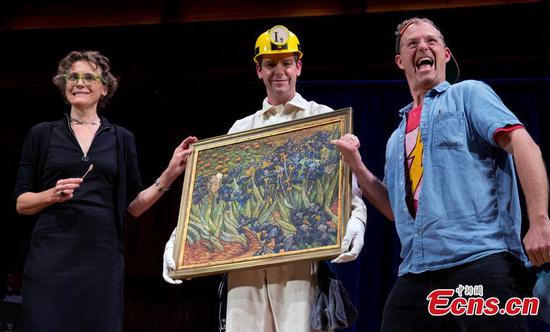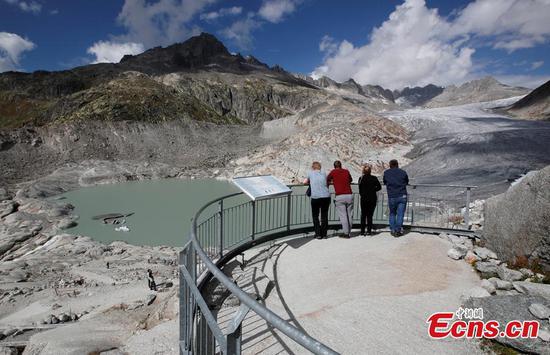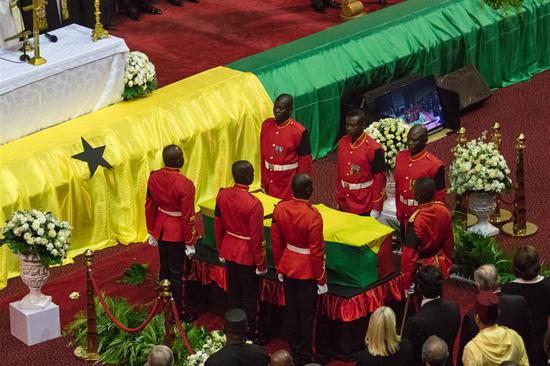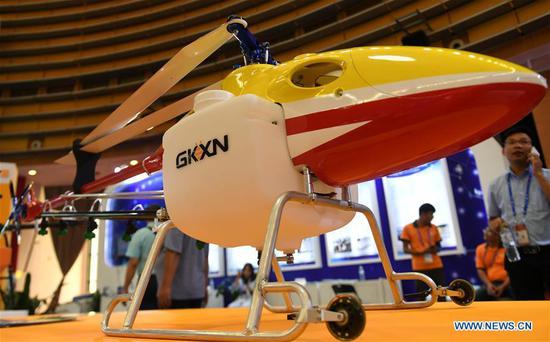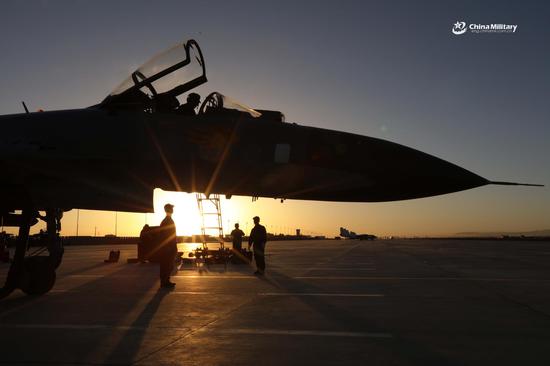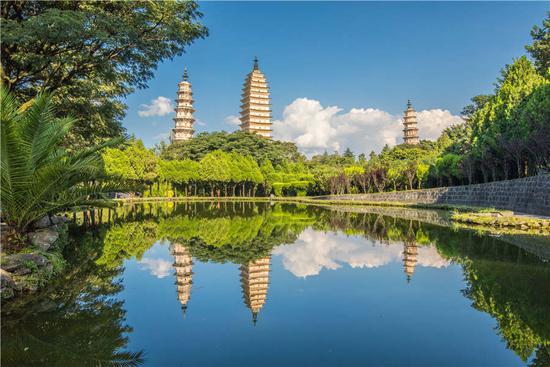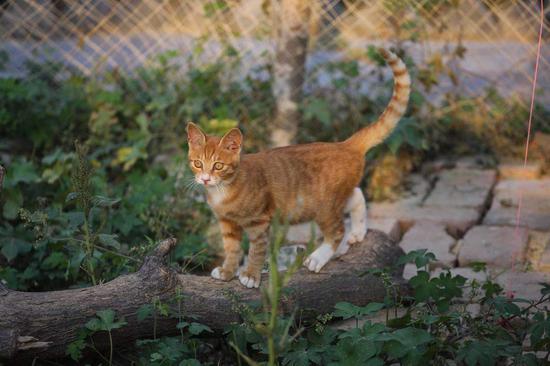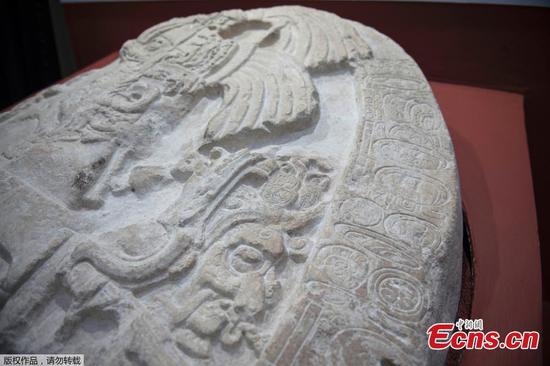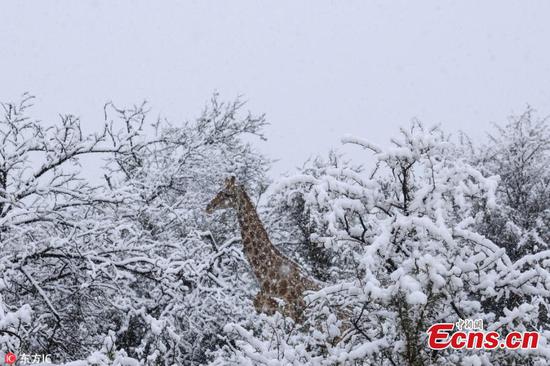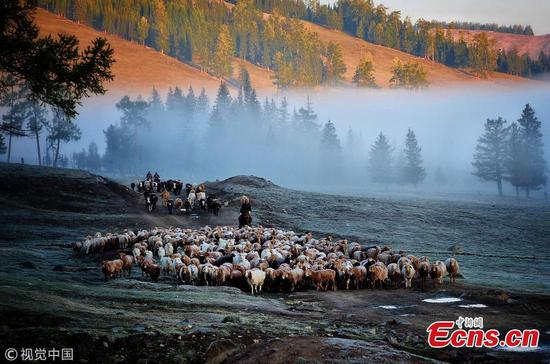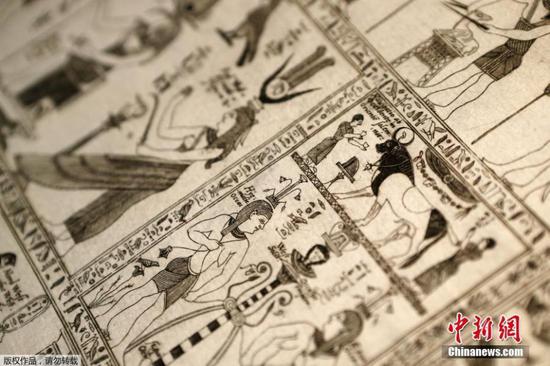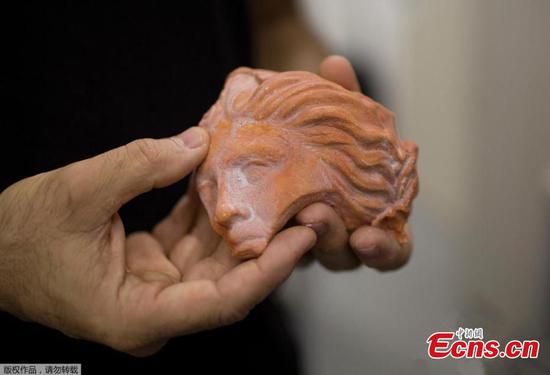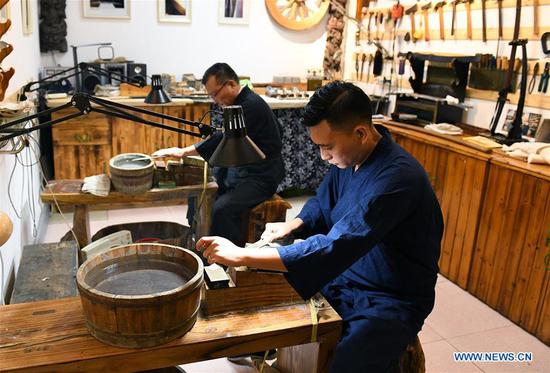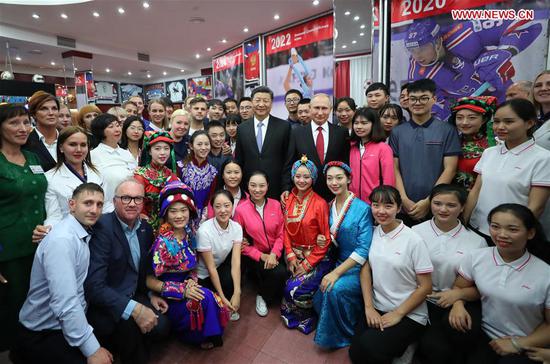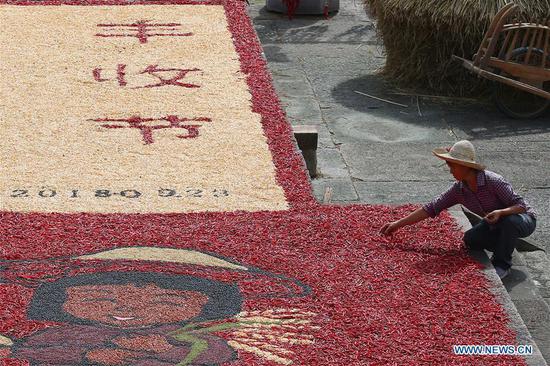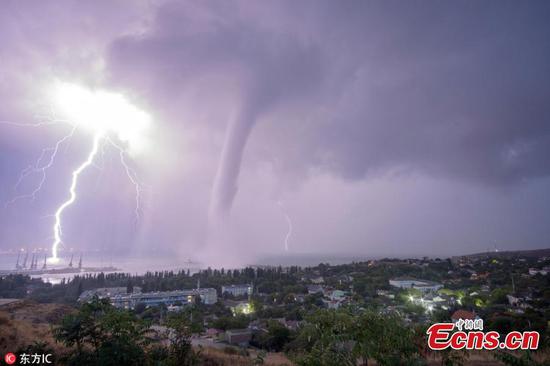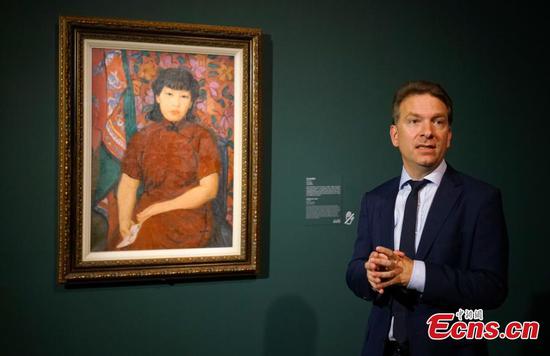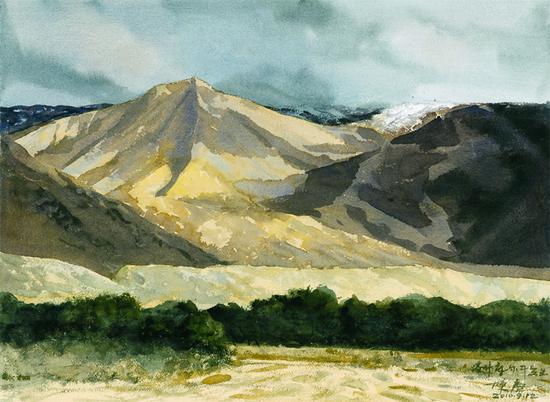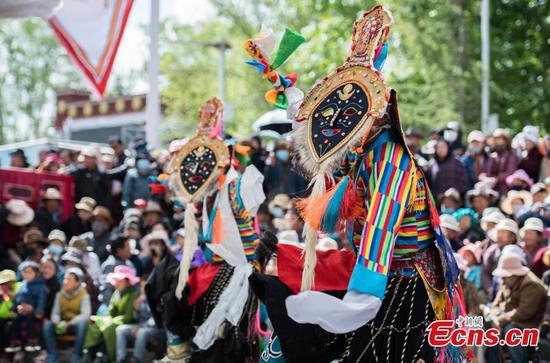
Performers take part in classical Tibetan Opera Sukyi Nyima at Zongjiao Lukang Park near the Potala Palace in Lhasa, Tibet Autonomous Region, May 12, 2018. (Photo: China News Service/He Penglei)
Construction of China's first museum on Tibetan opera has started in Lhasa, capital of Tibet Autonomous Region.
Covering an area of 1,080 square meters, the museum will display the history, schools and development of Tibetan opera, as well as its costumes, masks and stage properties, according to the region's traditional Tibetan opera troupe.
Through multimedia such as text, audio, photos and videos, the museum will serve as a platform for researchers and tourists to better understand this traditional opera.
Tracing back to the 14th century, Tibetan opera is mainly derived from history, legend and Buddhist teachings.
As the "living fossil" of Tibetan culture, the auspicious art tradition tells stories with the blending of abundant art forms, including music, dance, chanting, acrobatics, comedy, and drama.
Tibetan opera performances are the highlight events featured by numerous Tibetan festivals and celebrations such as Tibetan New Year and the Shoton Festival, attracting an increasing number of tourists every year to witness its unique charm.
The museum is expected to cost around 5.44 million yuan (around 800,000 US dollars), and the construction will end in the first half of 2019.
Panqu Wangchug, president of the troupe, said that the museum is significant to boosting the global popularity, protection and development of Tibetan opera.
Tibetan opera was included in the first batch of The National List of Intangible Cultural Heritage of China on May 20, 2006 and then inscribed on UNESCO's Representative List of the Intangible Cultural Heritage of Humanity in 2009.
(With input from Xinhua)









